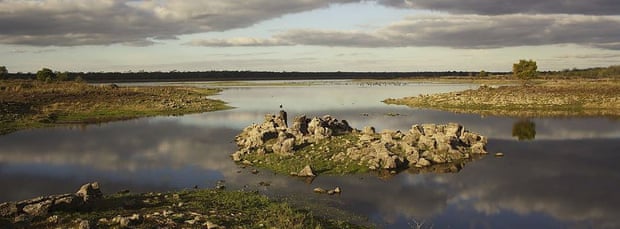lunes, 16 de enero de 2017
Indigenous australians hope ancient eel traps will be recognised as world heritage
Gunditjmara people to find out if Australian government has accepted bid for 6,000-year-old network of fish traps in Victoria to be put forward
Traditional owners pushing for a 6,000-year-old network of eel traps in south-west Victoria to be included on the world heritage list will find out next month if the Australian government has accepted their bid.
The traps were built by the Gunditjmara people to manage eels in Lake Condah and nearby Darlot Creek and are among the earliest surviving examples of aquaculture.
Known as Budj Bim, the site received national heritage listing in 2004 and has been put forward for inclusion in the Australian government’s nomination to the Unesco world heritage council by the Victorian government, at the instigation of the Gunditjmara people, as part of an $8m management plan.
Gunditjmara elder Dennis Rose said a world heritage listing would ensure the long-term protection of the site – some of which was damaged when non-Indigenous farmers drained the lake at the end of the 19th century – and also attract visitors to the area. [...] The Guardian
Related video: World Heritage Nomination - Budj Bim Cultural Landscape (2015)
Vídeo añadido a PaleoVídeos > L.R.2.8 nº 56.
Etiquetas:
video 2
Suscribirse a:
Enviar comentarios (Atom)








No hay comentarios:
Publicar un comentario